Not Just a Man’s World: 5 Times Women Blazed a Trail in Indian Judiciary
These are the iconic women lawmakers who broke the glass ceiling and made it possible for other women in the country to pursue law as a profession.
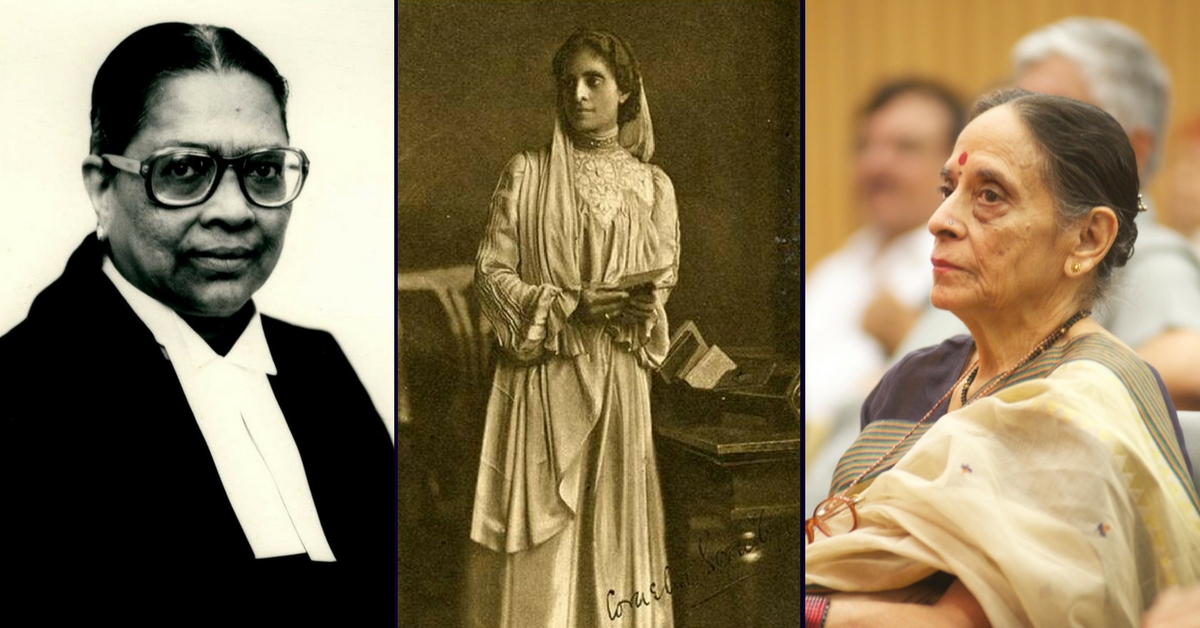
Indu Malhotra, a senior advocate, has been unanimously recommended as a judge to the Supreme Court, making it the first time in the history of Indian Judiciary that the SC collegium has directly nominated a woman lawyer for filling in the post.
If the recommendation gets the nod from the government, the 61-year-old advocate from Delhi will be essaying the role over a four-year term.
Malhotra also holds the credit for being the second senior advocate to be appointed by the SC in 2007, three decades after the appointment of legendary Leila Seth.
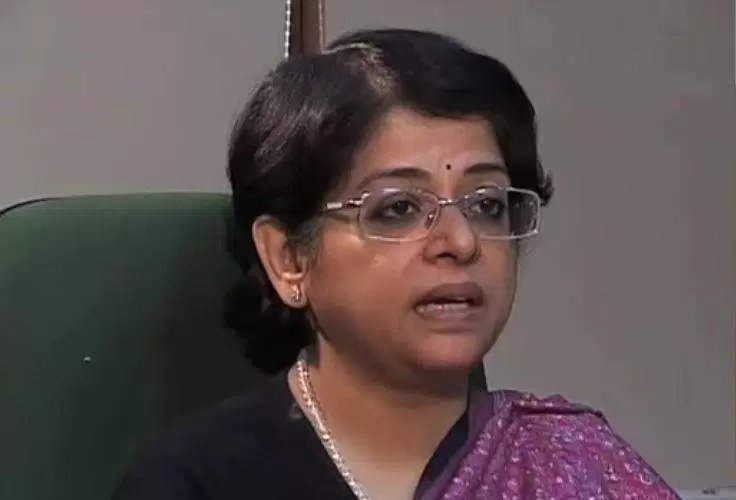
A field that continues to remain heavily skewed towards men, with a glaring gender imbalance, it is quite disheartening to fathom that throughout the 67-year-old history of Supreme Court, only six women have assumed the position to date.
With the recommendation of Malhotra, we can hope that this paves the way for greater inclusivity of women in the judiciary. You can read more about the prospective judge here.
Like Indu Malhotra, there have been iconic women lawmakers who broke the glass ceiling and made it possible for other women in the country to pursue law as a profession.
Here are five momentous examples from the pages of Indian history where women made a space for themselves in a heavily male-dominated world of the judiciary:
1. Cornelia Sorabji
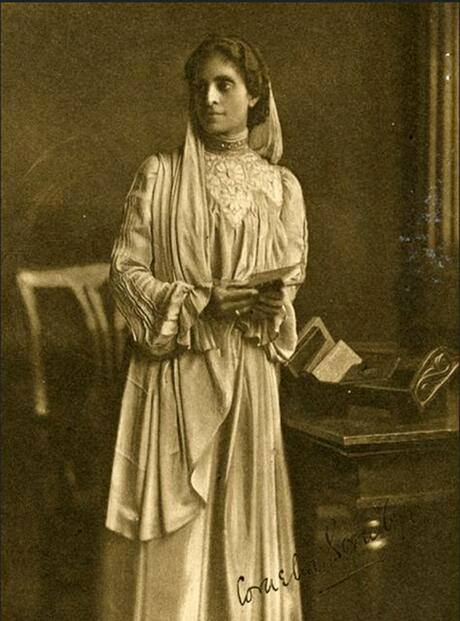
The first female graduate of the Bombay University to be admitted to the Allahabad High Court, Cornelia Sorabji became the first woman to read law at Oxford University, and also the first Indian to study at any British university in 1889.
Despite facing many rejections just for the reason of being a woman, Cornelia emerged victorious in all ways when she became the first woman to practise law, not only in India but also in the whole of Britain.
You can read more about Cornelia Sorabji here.
2. Anna Chandy
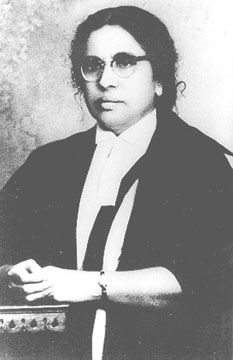
Anna Chandy was the first woman from Kerala to get a law degree and practised as a barrister in the 1920s. Often cited as one of the first generation feminists in the country, she was a vociferous champion of women’s rights and voiced out her opinions through Shrimati, a magazine that she both founded and edited.
It was her appointment as a Munsif in the erstwhile Travancore by Sir C.P. Ramaswami Iyer, the then Dewan of the princely state that made her the first female judge in India.
Following which she was elevated to the position of District Judge in 1948 and went on to become the first ever woman judge in an Indian High Court in 1959 when she was appointed to the Kerala High Court. She held the position until 1967.
3. M. Fathima Beevi
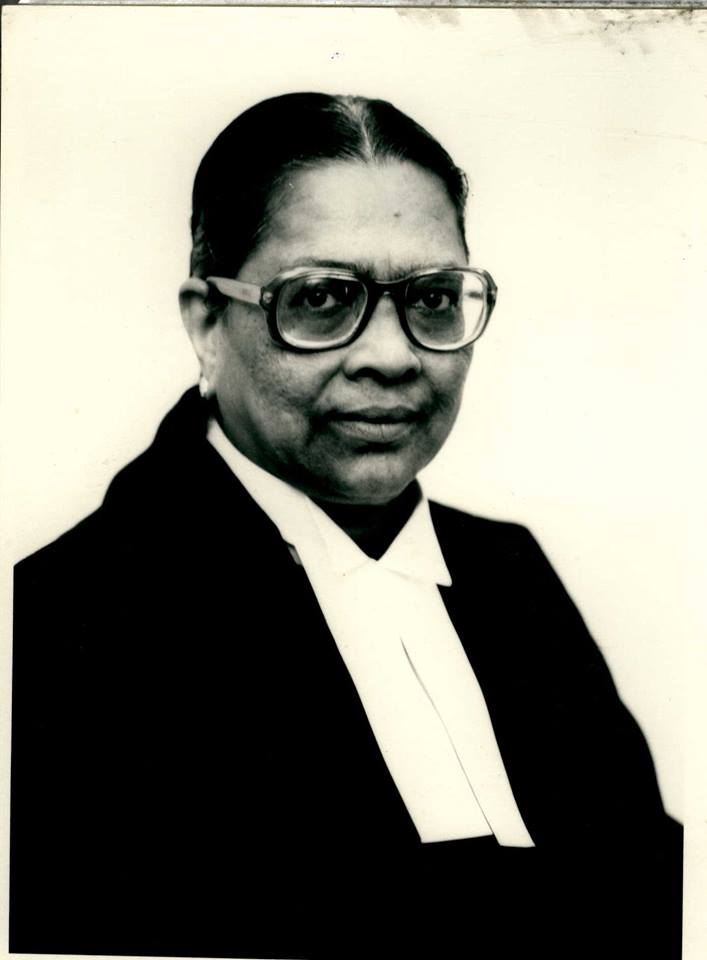
Born on April 30, 1927, in the erstwhile Travancore town of Pathanamthitta, Fathima obtained her B.L. from Government Law College, Thiruvananthapuram and had enrolled as an advocate in 1950.
Beginning her career in the lower judiciary of Kerala, she was appointed to the tribunal in 1989 following a four-decade stint.
Fathima Beevi scripted history when she was appointed as the first female judge to be a part of the Supreme Court of India besides being the first Muslim woman to be named to any of the higher judiciaries in the country.
4. Leila Seth
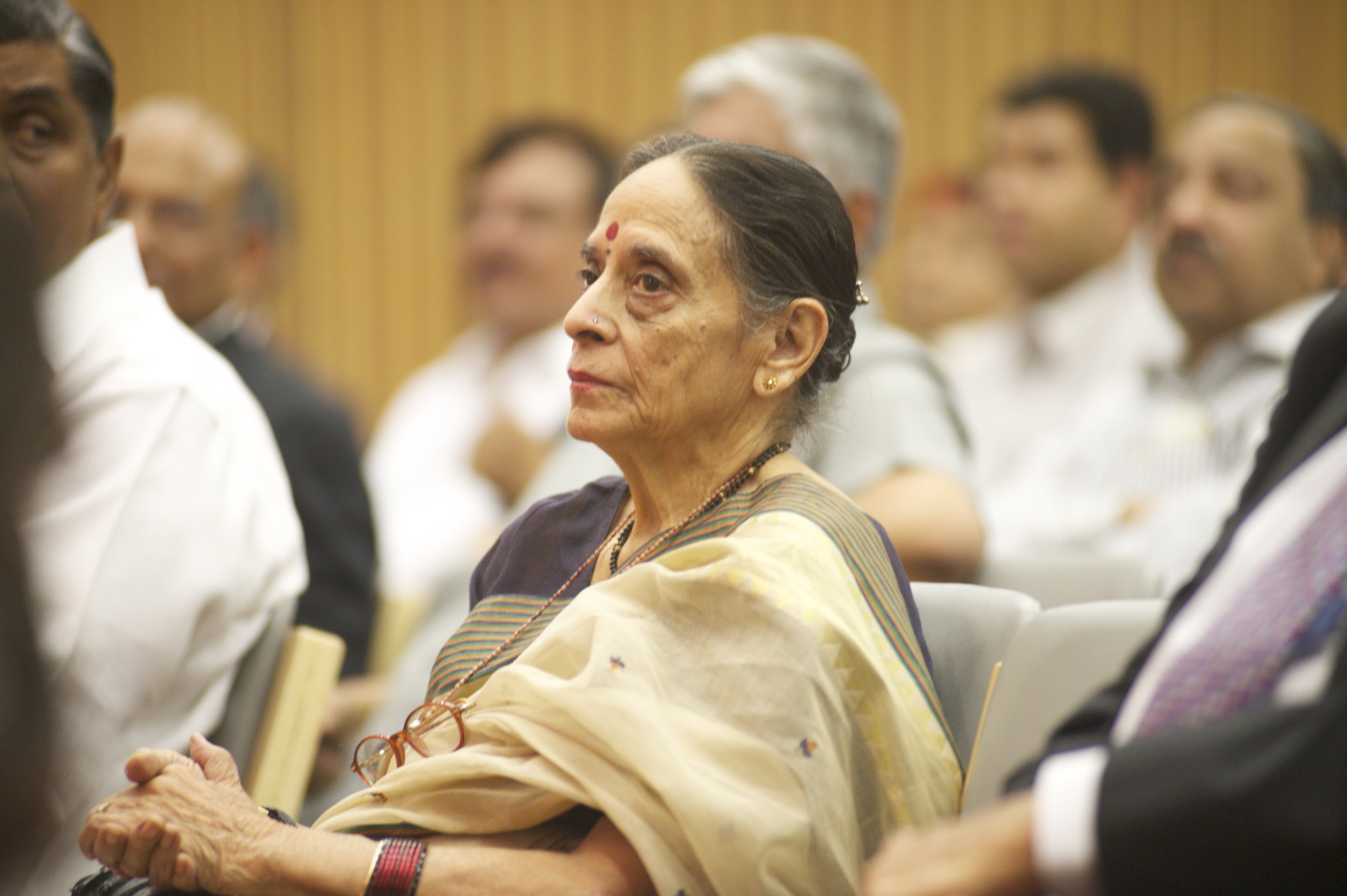
In 1958, Leila Seth wrote the London Bar exam and became the first woman to top the exam out of 580 other candidates and that too at the age of 27.
The first ever woman judge to preside in the Delhi High Court, the prominent lady went on to also become Chief Justice of a state High Court on 5 August 1991.
You may also like: Once Forced Into Child Prostitution, These Girls Are Now Training to Become Lawyers
Justice Seth had been part of many enquiry commissions and was one of the three-member Justice Verma Committee that was put together to amend India’s rape laws in the aftermath of the infamous Nirbhaya case, besides being a member of the 15th Law Commission of India from 1997 to 2000.
She played an instrumental role in the amendments to the Hindu Succession Act that gave equal rights to daughters in a joint family property.
5. Gyan Sudha Misra and Ranjana Prakash Desai
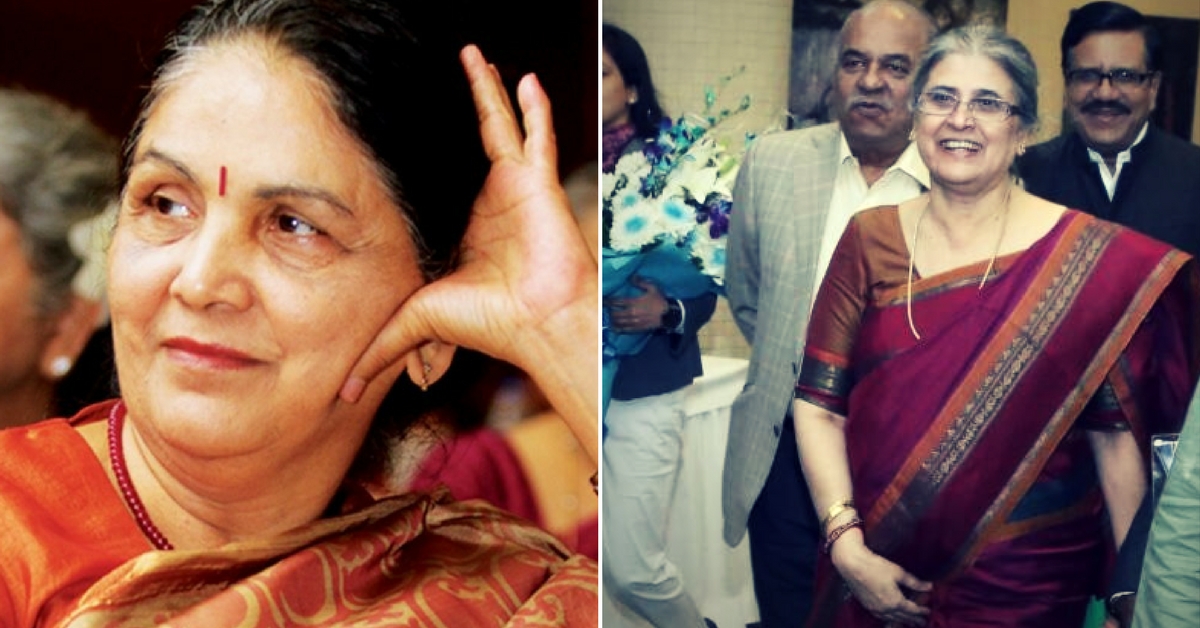
History was charted in 2013 when an all-women bench was instated to hear cases in the Supreme Court. Comprising of eminent judges Justice Gyan Sudha Misra and Justice Ranjana Prakash Desai, it was for the first time in the history of the Supreme Court that such a provision was ordained by the then Chief Justice of India.
Though the arrangement was made temporarily in the absence of Justice Aftab Alam, the presiding judge, it was a landmark move nevertheless.
Like this story? Or have something to share?
Write to us: [email protected]
Connect with us on Facebook and Twitter.
NEW: Click here to get positive news on WhatsApp!
If you found our stories insightful, informative, or even just enjoyable, we invite you to consider making a voluntary payment to support the work we do at The Better India. Your contribution helps us continue producing quality content that educates, inspires, and drives positive change.
Choose one of the payment options below for your contribution-
By paying for the stories you value, you directly contribute to sustaining our efforts focused on making a difference in the world. Together, let’s ensure that impactful stories continue to be told and shared, enriching lives and communities alike.
Thank you for your support. Here are some frequently asked questions you might find helpful to know why you are contributing?


This story made me
-
97
-
121
-
89
-
167











